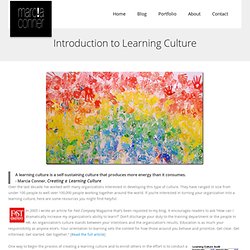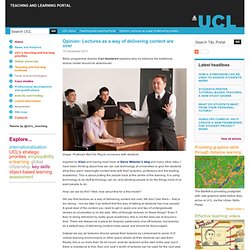

A convenient untruth. Do students need to learn lower-level factual and procedural knowledge before they can do higher-order thinking? There is a prevailing conception that students must learn facts and procedural knowledge BEFORE they can then engage in so-called ‘higher-order’ thinking skills. Educators, parents, policymakers, online commentators, and others point to Bloom’s taxonomy (which typically has been portrayed as a pyramid) and say, “See?
You have to do this stuff down here before you can do that stuff up top!” But that’s not how Bloom and his co-authors categorized the taxonomy: Bloom et al. discussed at length their decision to apply an Aristotelian categorization method in their taxonomy. The choice was significant, because an Aristotelian method creates distinct, bounded categories ordered by complexity without the hierarchical assumption that higher-level categories always entail instantiation of those lower in the taxonomy (e.g., when evaluating, it is not always necessary to first apply and synthesize). Similarly, as the National Research Council stated a quarter-century ago: So what? We can do better. Introduction to Learning Culture. A learning culture is a self-sustaining culture that produces more energy than it consumes.- Marcia Conner, Creating a Learning Culture Over the last decade I’ve worked with many organizations interested in developing this type of culture.

They have ranged in size from under 100 people to well over 100,000 people working together around the world. If you’re interested in turning your organization into a learning culture, here are some resources you might find helpful. In 2005 I wrote an article for Fast Company Magazine that’s been reposted to my blog. It encourages readers to ask “How can I dramatically increase my organization’s ability to learn?” One way to begin the process of creating a learning culture and to enroll others in the effort is to conduct a learning culture audit. Creating a Learning Culture: Strategy, Technology, and Practice. “A World of Magnificent Maniacs: Learning at WD-40” [.pdf] by Garry O. “At the Water Cooler of Learning” by David Grebow.
Opinion: Lectures as a way of delivering content are over. BASc programme director Carl Gombrich explains why he believes the traditional lecture model should be abandoned.

Image: Professor Bert De Reyck converses with students Inspired by Khan and having read more at Steve Wheeler’s blog and many other sites, I have been thinking about how we can use technology at universities to give the students what they want: meaningful contact time with their lecturers, professors and the leading academics. This is about putting the people back at the centre of the learning. It is using technology to do stuff technology can do, and allowing people to do the things most of us want people to do. How can we do this? We say that lectures as a way of delivering content are over.
Instead we say all lecturers should upload their lectures by Lecturecast to some VLE (virtual learning environment) or other space where all their students can see them. We then make it a requirement for students to watch those lectures in their own time. Learning and performance. Online Education vs Traditional Education.